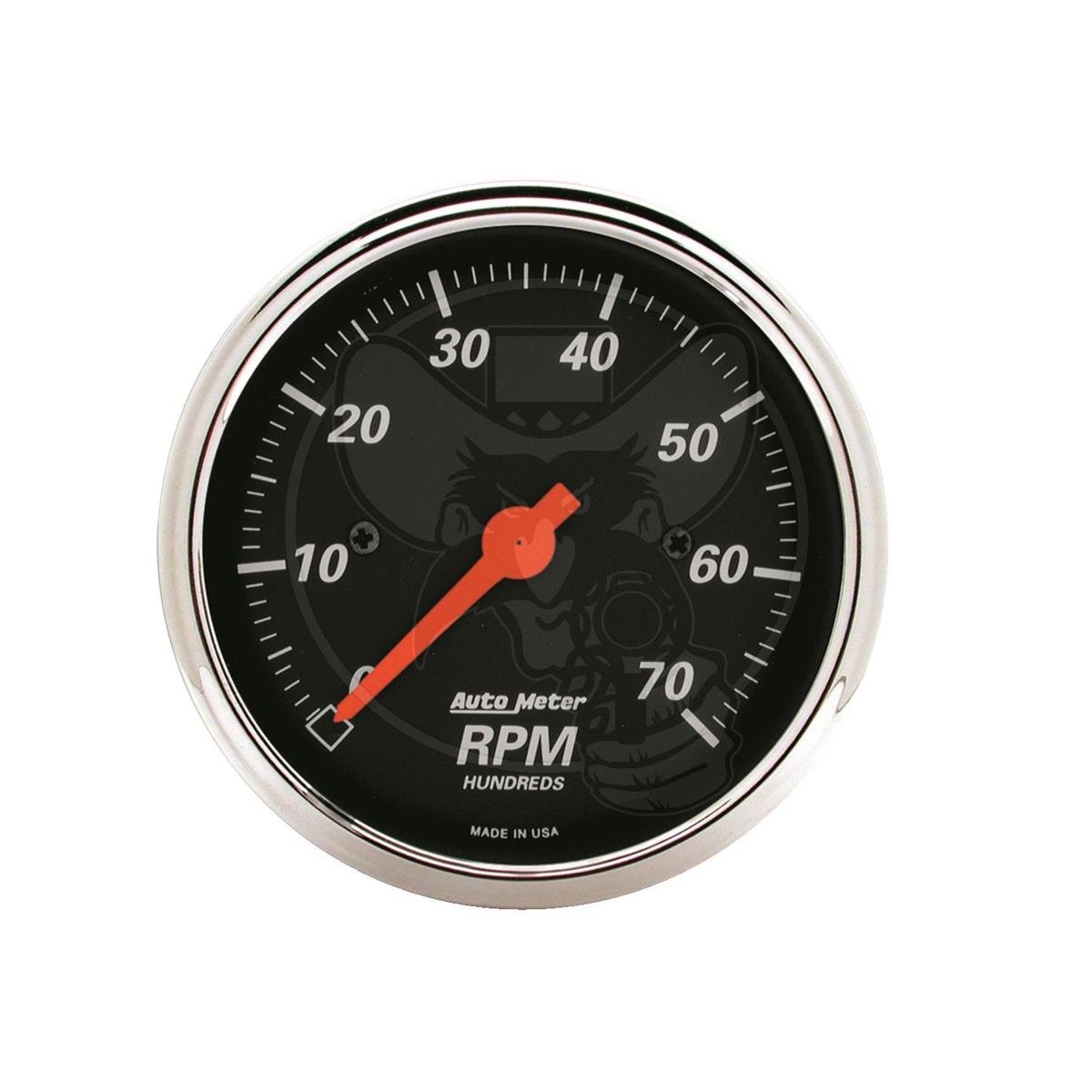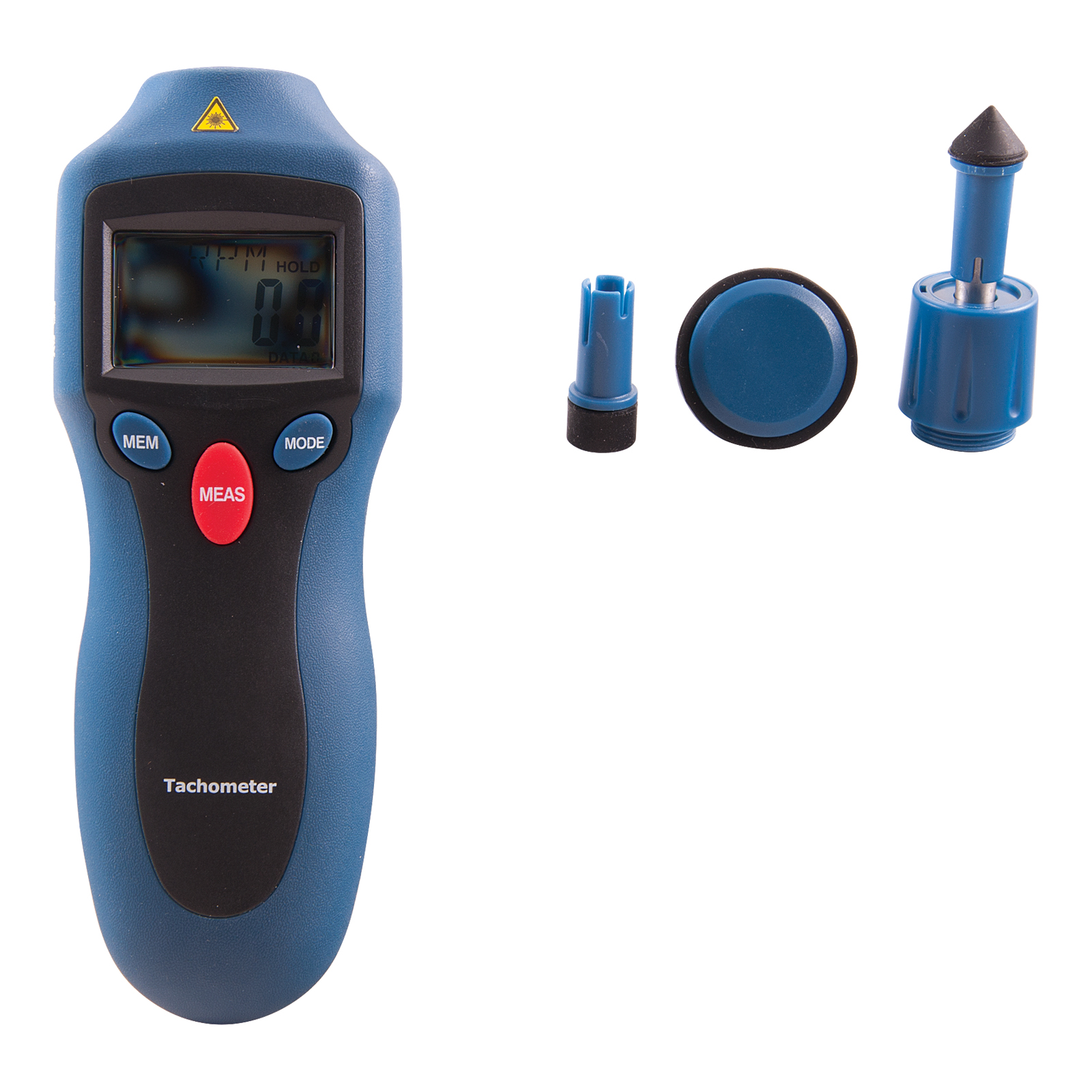Discover Just How a Tachometer Can Enhance Your Automobile's Efficiency
Discover Just How a Tachometer Can Enhance Your Automobile's Efficiency
Blog Article
The Importance of a Tachometer in Checking Engine Rate and Performance in Automotive Applications
In the realm of auto design, the tachometer stands as a pivotal tool in the motorist's arsenal, offering a straight home window right into the inner operations of a vehicle's engine. Past its function as a plain scale of revolutions per minute (RPM), the tachometer acts as a critical tool for lovers and specialists alike, offering real-time understandings right into engine performance and health and wellness. Recognizing the importance of this gadget exceeds surface-level monitorings, delving into the intricate relationship between engine speed, power output, and overall driving experience. As we explore the complex duty of the tachometer in automobile applications, a much deeper gratitude for its influence on vehicle dynamics and efficiency begins to emerge.
Value of Keeping Track Of Engine RPM
Keeping an eye on engine RPM, or transformations per minute, is a crucial aspect of auto upkeep and efficiency assessment. Engine RPM directly correlates with the speed at which the engine's crankshaft revolves, indicating exactly how swiftly the engine is running - tachometer. By monitoring RPM, auto mechanics can analyze the wellness of the engine, spot prospective problems, and fine-tune efficiency. An abnormal RPM reading may indicate problems such as engine misfires, damaged ignition system, or problems with the gas delivery system. Consistently high RPM analyses could indicate aggressive driving practices or the need for a greater equipment change to enhance gas efficiency.
In addition, keeping an eye on engine RPM is vital for performance analysis in racing and high-performance lorries. In summary, monitoring engine RPM is not just important for identifying problems but additionally for optimizing engine efficiency in numerous automotive applications.

Benefits of Real-Time Data
In automobile applications, real-time data plays a crucial role in supplying immediate understandings right into the efficiency and condition of the vehicle. By constantly keeping track of different specifications such as engine speed, temperature, gas intake, and extra, real-time information provides countless benefits that add to improved efficiency and safety when driving.
One substantial benefit of real-time information is its ability to sharp drivers and specialists to any abnormalities or issues without delay. This aggressive method enables fast recognition of prospective problems, enabling prompt interventions to stop further damages or break downs. Additionally, real-time information promotes efficiency optimization by giving instant comments on driving habits and engine effectiveness. Motorists can readjust their actions in real-time based upon this info to achieve far better gas economy and extend the life-span of their vehicle.

Additionally, real-time information plays an essential function in contemporary automobile diagnostics, making it possible for professionals to quickly detect and deal with malfunctions. This leads to lowered downtime, reduced upkeep prices, and inevitably, enhanced total automobile integrity and long life (tachometer). By harnessing the power of real-time data, automobile stakeholders can make enlightened decisions that favorably impact both the efficiency and longevity of the lorry
Effect On Gear Shifts
Effective equipment changes in vehicle applications significantly affect overall efficiency and driving experience. The tachometer plays a crucial function in maximizing gear changes by giving real-time engine speed information to the motorist. pop over to these guys When coming close to the redline on the tachometer, it signals the chauffeur to upshift to stop over-revving the engine and creating potential damage. On the other hand, downshifting at the appropriate minute can assist keep the engine in its power band, ensuring receptive velocity when required.
In addition, the tachometer help in attaining smoother equipment shifts, specifically in hand-operated transmissions. By monitoring engine rate, motorists can carry out equipment shifts at the ideal RPM array, lowering jerking activities and decreasing wear on the transmission parts. This accuracy in gear changes not only enhances driving comfort however additionally adds to sustain performance.
Enhancing Gas Performance
Given the crucial duty the tachometer plays in maximizing equipment changes for efficiency and engine wellness, it straight contributes to taking full advantage of gas effectiveness in automobile applications. By providing real-time comments on engine rate, the tachometer helps vehicle drivers in preserving one of the most effective RPM array for fuel economic situation. When drivers consistently keep an eye on the tachometer and change their motoring practices as necessary, they can prevent unneeded fuel usage caused by over-revving or lugging the engine.
Furthermore, the tachometer my blog helps vehicle drivers determine the most fuel-efficient equipment to be in at any provided minute, preventing the engine from functioning more challenging than necessary. This is specifically critical during velocity and cruising, where being in the best gear can substantially influence fuel efficiency. Additionally, the tachometer can alert vehicle drivers to possible mechanical issues that might be negatively affecting gas economic situation, such as a sliding clutch or a stopped up air filter. Finally, the tachometer functions as an important device in improving fuel effectiveness by advertising optimal driving routines and identifying areas for improvement in the vehicle's efficiency.

Optimizing Engine Durability
The tachometer's duty in keeping track of engine speed and performance is important in making sure the long life of automotive engines. By utilizing the tachometer successfully, chauffeurs can maximize engine longevity via conscious RPM administration. Regularly revving an engine too high can result in too much deterioration on important parts, such as the pistons, shutoffs, and bearings. In time, this can lead to decreased engine efficiency and prospective breakdowns. Monitoring the tachometer enables chauffeurs to remain within the advised RPM variety for their car, preventing unneeded pressure on the engine and expanding its lifespan.

Conclusion
In conclusion, the tachometer plays a crucial function in checking engine rate and efficiency in vehicle applications. By offering real-time data on RPM, it permits reliable equipment shifts, boosted gas effectiveness, and made the most of engine longevity. This device is vital for maintaining optimum engine performance and making certain the overall capability of an automobile.
Report this page